We’re off to Cyprus this time around, an island nation in the Mediterranean off the southern coast of Turkey and western coast of Syria. With a human presence that stretches back 12 millenia, it is the third largest and third most populous island in the Mediterranean. At around 3600 square miles it’s midway in size between Delaware and Connecticut, as is its population of around 1.2 million people. 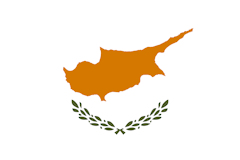 The capital, and largest city, of Nicosia is less than 20 square miles in size and has a population of around 110,000 – split in half between south and north, or Greek and Turkish, Cyprus, as the country is divided by, depending on whose viewpoint, an occupying or defending Turkish military force. In a “Fun with Flags” sidenote, Cyprus is one of only two countries in the world that features its map on its national flag. The map is somewhat contentious, as it includes both the territory that is currently claimed as part of Turkey and another small area claimed by the UK.
The capital, and largest city, of Nicosia is less than 20 square miles in size and has a population of around 110,000 – split in half between south and north, or Greek and Turkish, Cyprus, as the country is divided by, depending on whose viewpoint, an occupying or defending Turkish military force. In a “Fun with Flags” sidenote, Cyprus is one of only two countries in the world that features its map on its national flag. The map is somewhat contentious, as it includes both the territory that is currently claimed as part of Turkey and another small area claimed by the UK.
At various times in history the island has been part of Greek, Assyrian, Egyptian, Persian, Roman, Ottoman, and British empires of one sort or another. The population is divided primarily between those considered Greek Cypriots and Turkish Cypriots, but those are more geopolitical designations than ethnic descent, though both figure prominently in the makeup of the people. The island is also home to numerous expatriates from various parts of the world, as, despite the regional tensions, it’s a high income, and highly desirable place to live, for many.
It’s no surprise that the cuisine reflects the mix of ethnicities, both historical and current. Returning to our original premise of empanada-like pastries for our bread component, I went with Kolokotes, a savory-sweet pumpkin version. On the soup side, a simple one, based on an ingredient I wasn’t familiar with, trahana, which is kibbled or bulghur wheat that’s been cooked in dairy and then sun-dried. Since it’s not something readily available here in Argentina, I had to spend about a week and a half making it myself. An interesting thought that occurred to me – bulghur wheat is wheat that’s been parcooked, then dried out and cracked into either coarse or fine pieces; so trahanas are cooked and then dried a second time; and, for the final soup, it’s cooked yet again! The soup, Trahanasoupa is also found in Greek cuisine, though there are some minor differences, it appears, in how the soup is prepared.
First up, the filling for our kolokotes, we’ve got a peeled and sliced squash, some coarse bulghur wheat, vermicelli, raisins, onion, pistachios, and a mix of salt, pepper, cinnamon, and sugar.
It’s pretty straightforward. Chop the onion and saute it in a little olive oil, then add the diced pumpkin or squash and cook until soft and starting to brown. Add the bulghur and vermicelli and cook to “toast”, for about five minutes, then add the remaining ingredients – chop the pistachios – off the heat. Put in a container and leave to sit overnight in the refrigerator – that will give the wheat, vermicelli, and raisins time to absorb the liquid given off by the squash and onions. Although the recipe I found had it all added together, I think personally, I’d hold back on adding the pistachios until you’re actually putting the kolokotes together, because their crunch disappeared, and I think I would have liked that.
The dough is a mix of bread and pastry flour, roughly four to one, with a little salt, some olive oil, vegetable oil, fresh orange juice, and white vinegar.
Simply mixed together and then add just enough water to get soft, smooth, but not wet dough. Because of the bread flour, it gets pretty elastic in texture, and you need to let it rest, covered, for about an hour to relax.
Divide into small portions, about the size of a ping pong ball, and roll out to about 5″ in diameter. Put a scoop of the filling on each, wet one edge with water, fold them over and seal them with the tines of a fork.
Brush them with some more fresh orange juice and sprinkle with poppyseeds. Pop them into a medium hot oven and bake for about twenty minutes…
…until, they are golden brown and smell absolutely wonderful. These are, apparently, often eaten dipped into a little bit of reduced balsamic vinegar, or “balsamic cream”, as some term it. I tried that, and honestly, that’s the way to go, not with this soup, sorry to say.
On to making our trahanas for our soup. This is plain yogurt, being left out in a covered bowl, at a warm room temperature, for about ten days. Each day I gave it a quick stir and then recovered it. It gets much sourer, and starts to separate and curdle a little bit.
Once it’s nice and sour, put it in a pot. You’ll also need coarse bulghur wheat, some salt, and some lemon juice (optional, depends on how sour the yogurt gets, but starting with commercial yogurt, it seems necessary).
Bring the yogurt, lemon juice, and salt to a boil, add the bulghur, and cook, stirring steadily, over low heat, for about fifteen minutes. All the liquid should be absorbed and it will be… “stodgy”, like overcooked oatmeal. Leave it to cool for a couple of hours.
Form it into “logs”, as it was described, though all the pictures were formed like this, so not what I think of as a log. Now, traditionally, these are sun-dried for days until they’re hard and crunchy. That’s not really an option here in midwinter, but, I simply set the tray in front of a small space heater, turning it around now and again, and flipping them over. After about 24 hours, they were pretty hard and crunchy – perhaps not all the way through, but enough to do the job. You can also, apparently, freeze them rather than dry them.
On to soup making day! Some of the trahanas (the rest are going to be used to try out a different recipe), tomatoes, and haloumi cheese. Not pictured, a pot of chicken stock. And that’s really it. The major difference, as best I can tell, between the cypriot and greek versions is haloumi versus feta cheese, plus the garnish, which we’ll get to.
Bring the chicken stock to a boil (you could use vegetable stock or salted water if you want to make this vegetarian, though obviously, vegan is out). Add the trahanas and break them up with a spatula as you bring this back to a boil.
It takes maybe five minutes until they’re completely broken up and the broth is bubbling away.
Puree the tomatoes and cut the cheese into small pieces. Add to the soup and bring back to a simmer. Cover and cook for about half an hour, stirring now and again so nothing sticks to the pan and burns.
And, that’s it. The trahanas rehydrates and sort of puffs up, the cheese breaks up into small bits. Taste and adjust the seasoning – it will really depend on how seasoned your stock was to start with. I added about a half teaspoon of salt.
And, serve, with several grinds of black pepper. Again, the difference, if I’ve got it correct, to the Greek version is that it would be seasoned with a bit of dried chili flakes and sometimes halves of hard-boiled eggs.
Loved the soup. It’s so simple once you have the trahanas, and while those take time to make, they’re not time consuming, because you just sort of let them happen other than 10 seconds of stirring once a day, and then a little bit of work to cook, form, and dry them (or less time if you freeze them). It’s surprisingly complex and delicious – of course, some of that comes from having a really good chicken stock. But I love the sharp tanginess of the whole thing paired with the saltiness of the cheese and the bite of the pepper (I even added more as I went). On the flipside, I’d say I just kind of liked the kolokotes. They’re fine, but just not my cup of tea. Better, as I said, with the balsamic vinegar. They definitely don’t pair well with the soup. On the other hand, my next door neighbors loved them and ate six of the ten themselves! I’d make the soup again!
Now, since I went out of order on these, next up is not Czechia, but the first of our Ds, the Democratic Republic of the Congo (as opposed to the Republic of the Congo, which we’ll get to when we get to the Rs). I suppose I could have listed them as Congo, Dem and Congo, Rep, and done them back to back, but I didn’t, and so there.
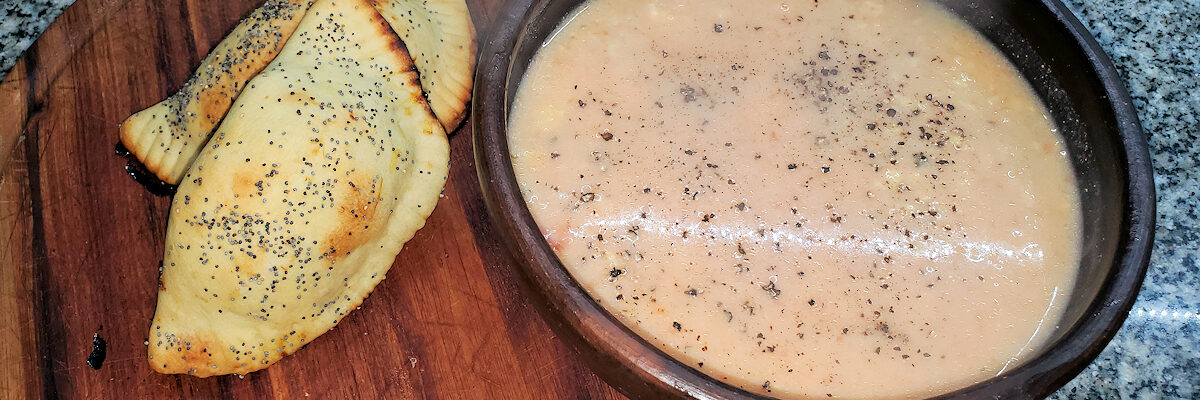

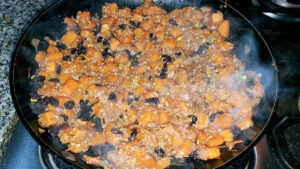
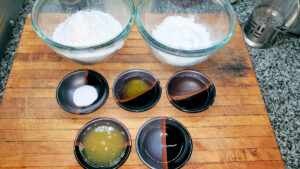
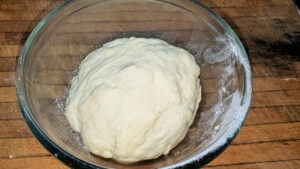
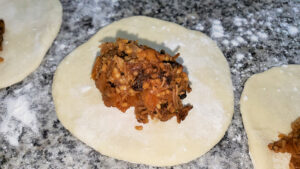
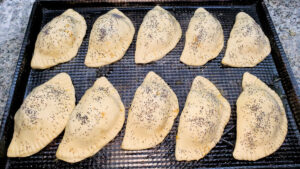
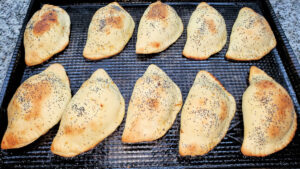
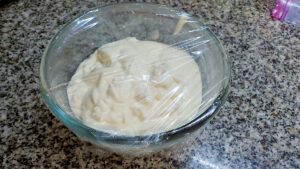
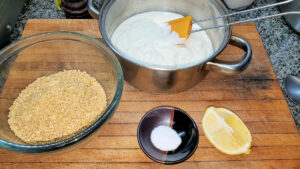
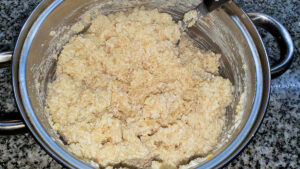
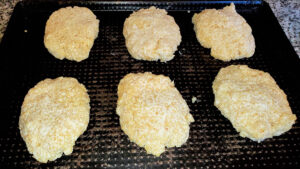
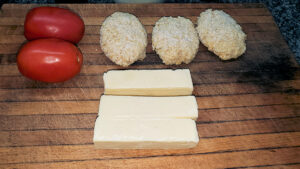
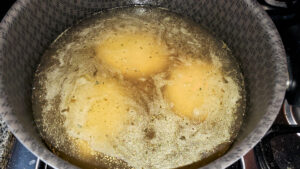
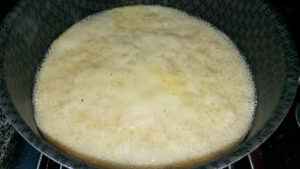
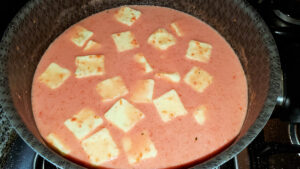
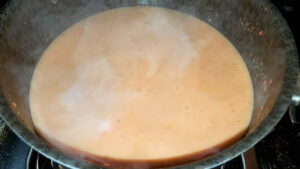
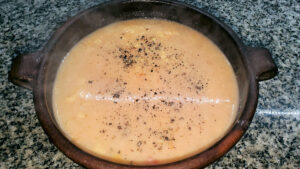
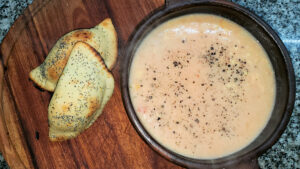
[…] up, we’re off to another large body of water as we visit Cyprus, in the Mediterranean. (We ended up having to go out of order, so the next one is actually […]
[…] time, I think, we’ll be on track to finish up the planned previous country, Cyprus, and then ready to move on to the […]